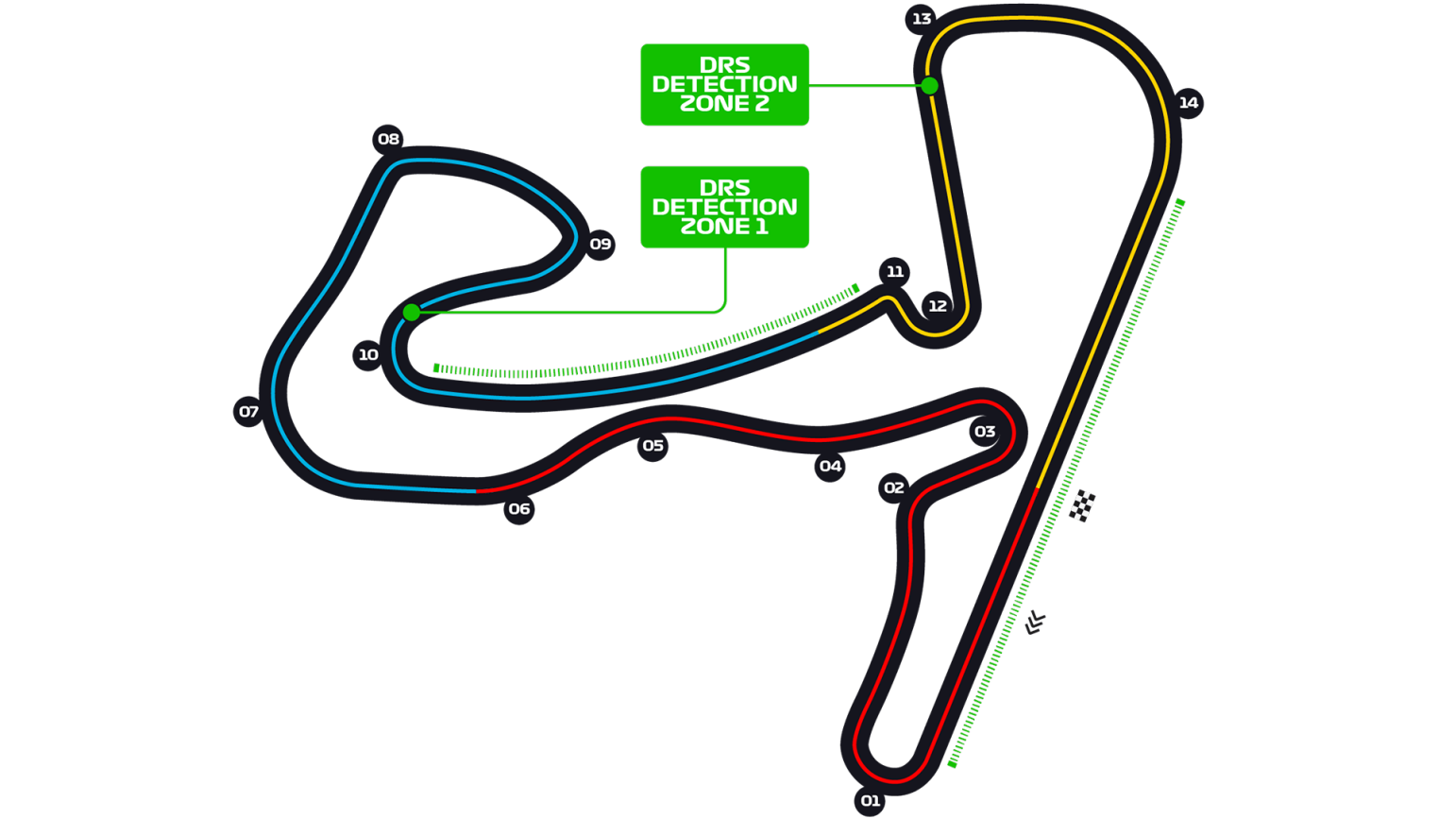Dutch Grand Prix
History
The Circuit Zandvoort, home to the Dutch Grand Prix, stands as a globally acclaimed motorsport venue nestled in Zandvoort, North Holland, the Netherlands. Renowned for its historic and iconic design, this permanent circuit holds a revered position in the annals of Formula One history. The Dutch Grand Prix made its debut on 21 June 1936 over a 5-kilometer (3.1-mile) track laid out in Népliget, a park in Budapest¹. However, politics and the ensuing war meant the end of Grand Prix motor racing in the country for fifty years¹.

History
Spanning 4.259 km (2.646 miles), the circuit is renowned for its fast-paced nature, featuring high-speed straights and a challenging sequence of turns that test the skills of drivers to the limit. Circuit Zandvoort's layout includes iconic sections such as the Tarzanbocht (Tarzan corner), a sharp hairpin at the end of the start-finish straight, which often serves as a prime overtaking opportunity. The circuit also features fast and flowing corners like Scheivlak and Arie Luyendykbocht, demanding precision and commitment from drivers as they navigate these technical sections.
